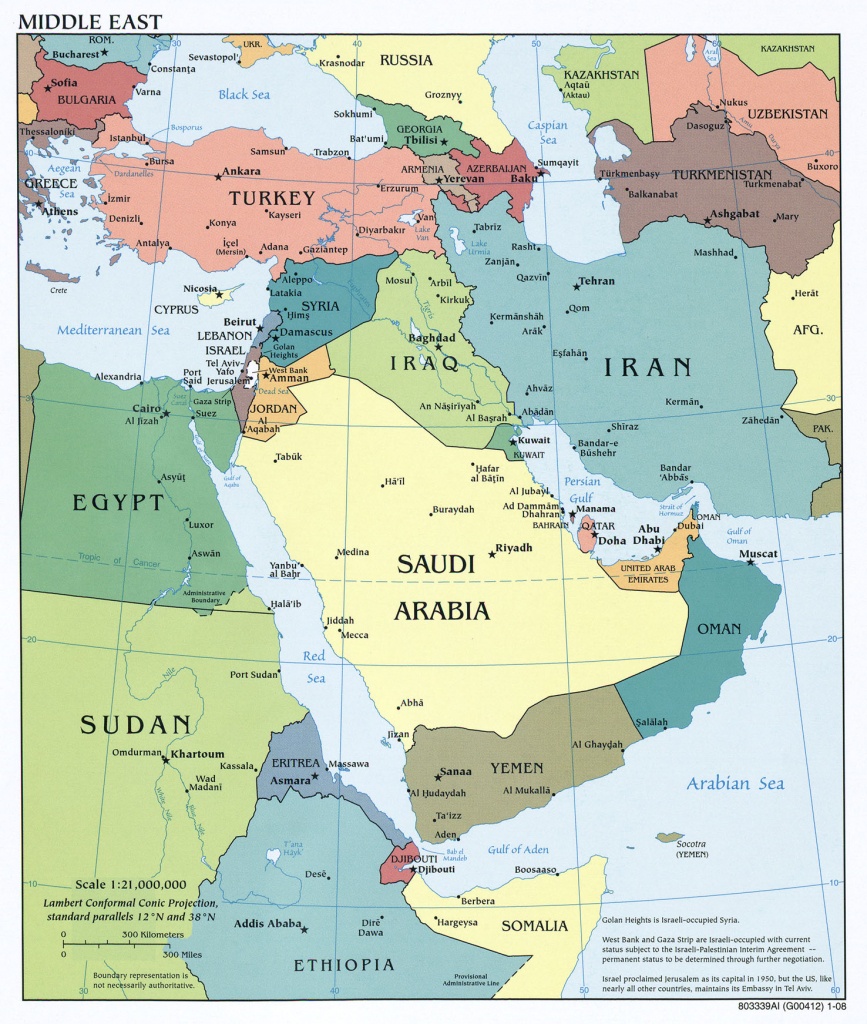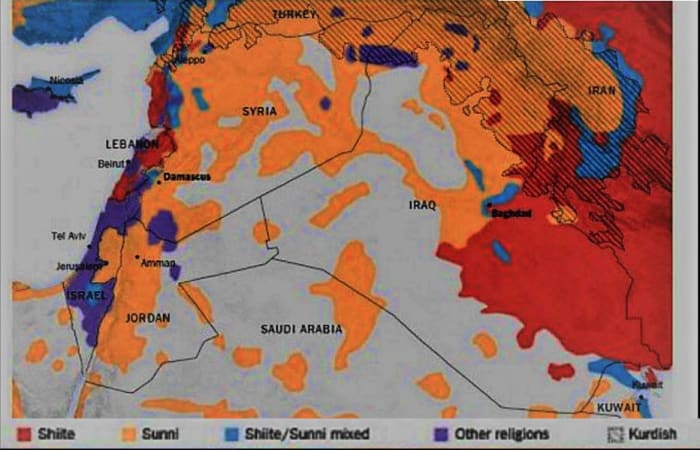

"The Sykes-Picot agreement had provided a blueprint for the post-war settlement, but it was not one that Lloyd George liked."Īs far as the British prime minister was concerned, the post-war settlement would now be decided by the facts on the ground and not by the line that Sir Mark Sykes and Francois Georges-Picot had famously drawn between the ‘E’ in Acre and the last ‘K’ in Kirkuk.Īlthough the British and the French had already discussed the potential terms of a forthcoming armistice with the Ottomans, nobody knew exactly when this might be concluded, so Cobbe was given until that moment to secure the removal or surrender of Ottoman troops in an area that had already promised to the French. " This was a continuation of Anglo-French rivalry in the region that can be dated back to the moment Napoleon invaded Egypt," Barr tells me. "After dinner on 6 October 1918 David Lloyd George began to mull over how he would go about 'cutting up Turkey'" Barr writes in A Line in the Sand: Britain, France and the struggle that shaped the Middle East. The orders from London were vague, but their infringement of the terms of the now infamous Sykes-Picot Agreement, which had been devised in 1916 as a way of dissipating potential Anglo-French tensions, was not in doubt. It is within this context that the 48-year-old commander of the third Indian Corps, lieutenant-general Sir Alexander Stanhope Cobbe VC, DSO, was ordered to leave Baghdad, which the British had occupied since 1917, and to proceed up the River Tigris at all possible speed on what was to become the most controversial operation of his long and distinguished career.

“The British were now manoeuvring for strategic best advantage.”Ī map from the Sykes-Picot Agreement of 1916, which shows the remnants of the Ottoman Empire that Britain and France secretly agreed to split up and share. “The kind of imperial rivalries that had led to the outbreak of war were back in play even before the war was over” says the historian James Barr. So perhaps it is the armistice of November 11, 2018, that we really should mark as the centenary of the Middle East as we know it today. But that ignores the vast amount of territory acquired by military force in the following, final two years of the war, which radically redrew the map again. Though nominally still allies, it is now Britain and France, not the Allies and the Ottomans, who are really vying for supremacy throughout the territories that were to become Syria, Jordan, Palestine and Northern Iraq.Ĭonventional wisdom has it that the next century of Middle East history was set in train by the Sykes-Picot line of 1916 (the secret agreement between the Britain and France to carve up the remnants of the Ottoman Empire between them). The ancient city of Homs had fallen to allied forces on October 16 and now, British imperial and French troops under General Sir Edmund Allenby and Arab irregulars led by Colonel T E Lawrence are preparing for the final assault on the ancient city of Aleppo, a trophy whose capture will deliver the Syrian campaign’s coup de grace.Īs this military endgame unfolds, time and territory are suddenly more important than ever, especially for the British who, despite earlier agreements with their allies, have their own designs on the region and the future shape of power politics throughout the Middle East.

A month earlier it suffered more than 25,000 casualties at a single, disastrous battle at Megiddo in Palestine – the site of the Biblical Armageddon – an action that paved the way for the subsequent capture of Baalbek and Damascus. The exhausted Ottoman army is in tatters. After four gruelling, disastrous years the Allies and the Ottoman Empire are still at war in Mesopotamia and the Levant, but only just.


 0 kommentar(er)
0 kommentar(er)
